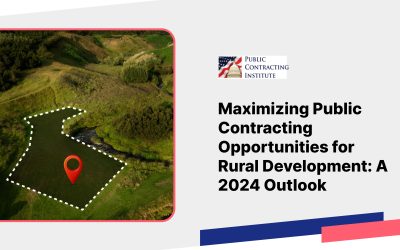The Small Business Administration (“SBA”) size regulations include an “ostensible subcontractor” rule. This rule provides that when a subcontractor is actually performing the primary and vital requirements of the contract, or when the prime contractor is “unusually reliant” upon its subcontractor, the two firms are affiliated (and frequently are “not small”) for purposes of the procurement. 13 CFR § 121.103(h)(4). This rule is designed to prevent “false fronts”—situations where large firms form relationships with small firms to evade SBA’s size requirements. To determine if a prime-sub relationship creates an ostensible subcontractor, all aspects of the relationship are examined. In a recent case, Charitar Realty, SBA No. SIZ-5806 (Jan. 25, 2017), the SBA found a violation of the ostensible subcontractor rule where a prime contractor was unusually reliant on its subcontractor even though the prime contractor would perform a majority of the primary and vital requirements of the contract. In Charitar, the SBA Office of Hearings and Appeals (“OHA”) found unusual reliance upon a subcontractor where the prime brought “nothing to the contract but its small business status.” Here is what the prime contractor proposed:
- Charitar proposed to use a company called ZWS as a subcontractor. ZWS was the incumbent on the predecessor contract, and as a graduate of the 8(a) program, ZWS was ineligible to submit its own proposal.
- Charitar would staff its portion of the contract entirely with personnel hired from ZWS, or ZWS’s former employees
- Charitar proposed a ZWS employee to manage the contract as project manager
- Charitar lacked relevant experience in the type of work required (large custodial projects)
- Charitar would subcontract 49% of the work to ZWS.
OHA identified “four key factors” plus one more “relationship” that confirmed the finding of unusual reliance, regardless of what the prime contractor performed:
- The proposed sub is the incumbent contractor and is ineligible to compete for the procurement;
- The prime plans to hire the large majority of its workforce from the sub;
- The prime’s proposed management previously served with the sub on the incumbent contract;
- The prime lacks relevant experience and must rely on its more experienced sub to win the contract; and
- The prime will subcontract at least 40% of the procurement to the subcontractor (a relationship not specifically included in the OHA “four key factors” test, but one that appears to be necessary to find “unusual reliance”)
OHA held that ZWS was an ostensible subcontractor, affiliated with Charitar, and the two companies together exceeded the size standard.
Tip: Small business companies that use subcontractors that might be considered potential ostensible subcontractors should be careful to stay away from the factors identified above, or be certain to reduce reliance well below the percentages given in this case.

